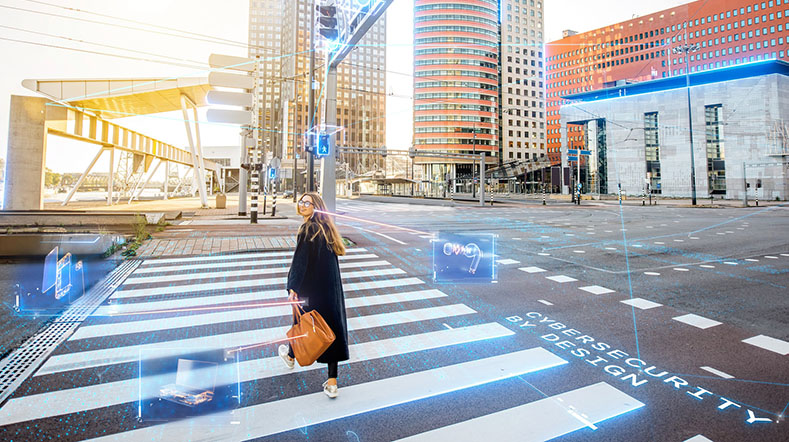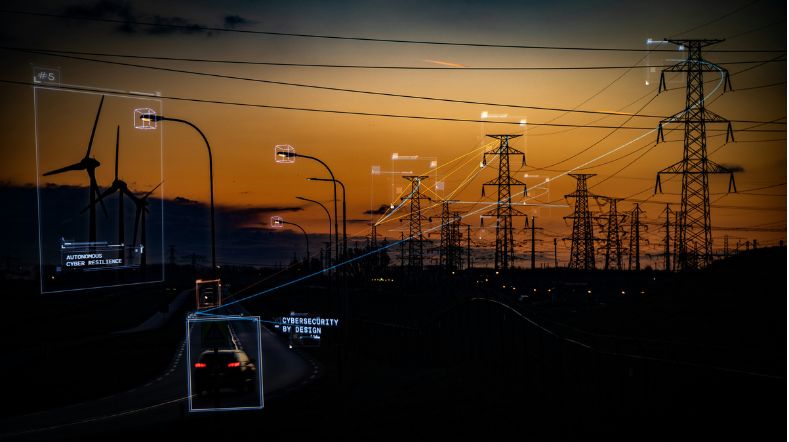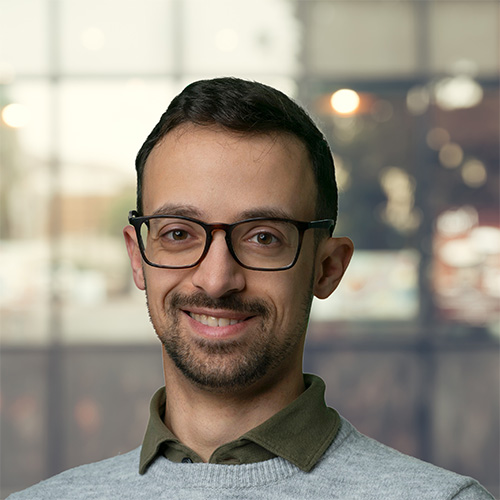
A safer digital society through security monitoring and detection
Technology, data, AI and data-driven solutions are becoming increasingly important to the functioning of our society. Unfortunately, this also brings risks, as cyberattacks are becoming increasingly sophisticated. Security Monitoring and Detection, which involves analysing network traffic and data to identify suspicious patterns, offers companies opportunities to enhance their cybersecurity.
Algorithms Against Blind Spots
With the help of advanced algorithms and software prototypes, TNO assists organizations in detecting cybercriminals operating within their internal networks. This minimizes blind spots for security teams, reducing the potential damage caused by attackers. This solution is particularly valuable for banks, companies with intranets, data centers, hosting providers, cloud providers, and security firms.
How does Security Monitoring & Detection work?
You try to protect your house from burglars and fires. In the face of burglary, good locks and an alarm seem like a solution. But what if an intruder steals your key and alarm code without being detected and thus always has access to your house? In that case, the intruder could bypass all preventive measures, so a detection system such as a camera would be needed.
Similarly, in digital systems, preventive measures may not be enough to ensure security due to system complexity and data volume. Security Monitoring & Detection addresses this issue by developing algorithms to identify suspicious patterns, such as frequent connections that might indicate malware. This approach aims to quickly detect and minimize the impact of cyberattacks, with effectiveness depending on the quality of the algorithms used.
What is Security Monitoring and Detection needed for?
Research and innovation in SM&D is thus essential for organizations to:
- Prevent damage from (zero day) attacks.
- Create secure and defendable IT and Operational Technology (OT) infrastructures.
- Deploy human effort in security operation centres efficiently.
- Leverage Artificial Intelligence (AI) to defend against (AI-powered) cyber-attacks.

What does TNO do in this field?
With our research, we push the boundaries of current technology and explore new frontiers in security monitoring and detection. We ensure that our research has practical applications by working closely with our partners.
We have experience not only with synthetic data but also with operational data. This enables us to develop practically applicable solutions that can further assist companies. The tools we develop increasingly automate detection tasks. Moreover, we focus on examining an organization's internal network, not just external attacks.
Our focus:
We develop high-quality and actionable anomaly detectors while minimizing the number of false positives. This is crucial for early and automated responses, limiting the damage and human costs during an attack. Our methods include combining various data sources, engaging human experts, and leveraging new technologies such as causal AI and graph networks. To gain experience and create a secure environment for testing our detection tools, we have developed an internal, fully automated, and customizable IT cyber range at TNO.
We focus on designing and implementing methods to detect attacks on critical infrastructure. This is essential for the safety of modern Dutch society, which is increasingly dependent on operational technology (transportation, energy, water, industry, etc.).
We specialize in protecting AI models and detecting misuse of AI. As AI becomes integrated into software, new vulnerabilities arise that also require security monitoring. For example, poisoned training data can corrupt models, while altered inputs can bypass AI-driven detectors. We also focus on identifying AI-driven attacks, including advanced threats like deepfake phone calls, to protect our digital society from the evolving risks of AI.
In practice - usecases
In this project, we aim to identify the true causes behind an Application Layer DDoS attack. We use a method that first detects anomalies which may be indicative of L7 DDoS attacks that are able to bypass existing security measures. Subsequently, we explain the true causes of these anomalies using "Causal AI" technology. This helps to understand the root causes of the anomalies.
Every day, organizations receive notifications of malicious IP addresses via cyber threat intelligence (CTI) feeds. However, when an IP address is added to such a CTI feed, the question arises: since when has this IP address been under the control of the attacker? We introduce a new, data-driven approach to gain deeper insights into the characteristics of IP addresses used for command-and-control (C2) traffic. Our method, implemented in a tool, identifies ownership changes of IPs and has led to the observation that some malware C2 infrastructures are likely under the attacker’s control long before they are discovered and listed in popular blocklists.
In collaboration with a major Dutch organization, we are developing an explainable AI model capable of detecting long-term and hard-to-trace multi-stage attacks. Modern attacks require significant skill, time, and patience to execute and aim to remain undetected. Consider, for example, the time and expertise needed to insert a backdoor in the XZ incident, where an anonymous contributor attempted to introduce a backdoor into the XZ Utils repository, a widely used compression tool in Linux systems, that would have allowed arbitrary code execution.
By correlating network events over time, we can identify patterns and anomalies that may indicate multi-stage attack paths. This enables you to know exactly what needs to be countered.
Every week, we hear about fraud, disinformation, and artificial content that increasingly impact people's lives. We are developing a real-time, fusion-model detector for voices that are artificial or have been altered. The aim is to identify deepfake voices, voice phishing attacks, and phone scams, and to alert the listener that the voice is not genuine.
Our partners
We collaborate with public and private organizations to develop the newest techniques related to Security Monitoring & Detection. We work in multi-stakeholder research projects as well as in international research programs. We also run several projects within the PCSI partnership, such as Finding API, AIwareness and Early warning system insider attacks.
Get inspired
Cybersecurity by design: our vision


Industrial Product Security


Secure Public Sector IT Systems


Cybersecure Energy Systems


TNO and Jungle AI collaborate to detect cyberattack on wind turbine and improve detection capabilities




